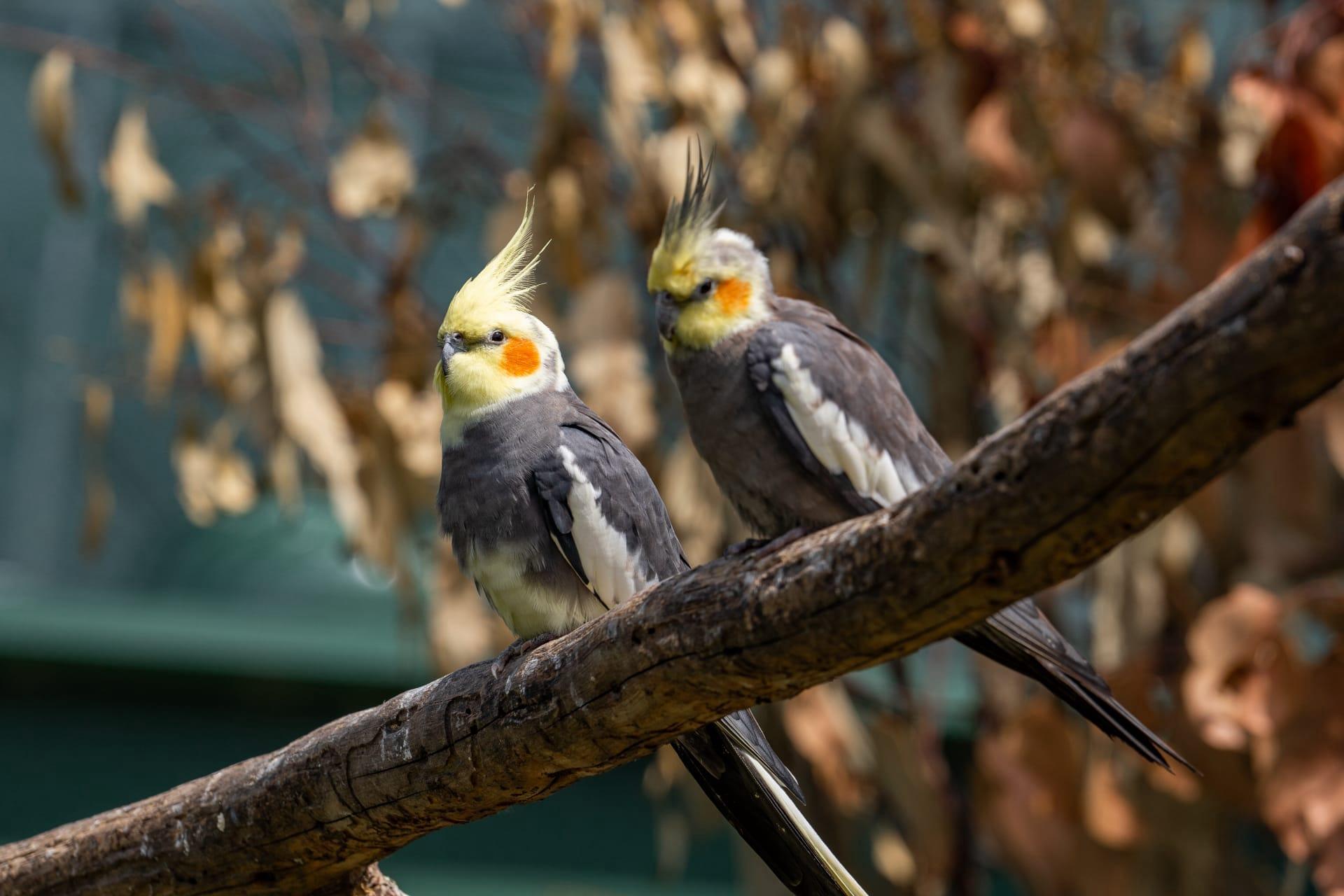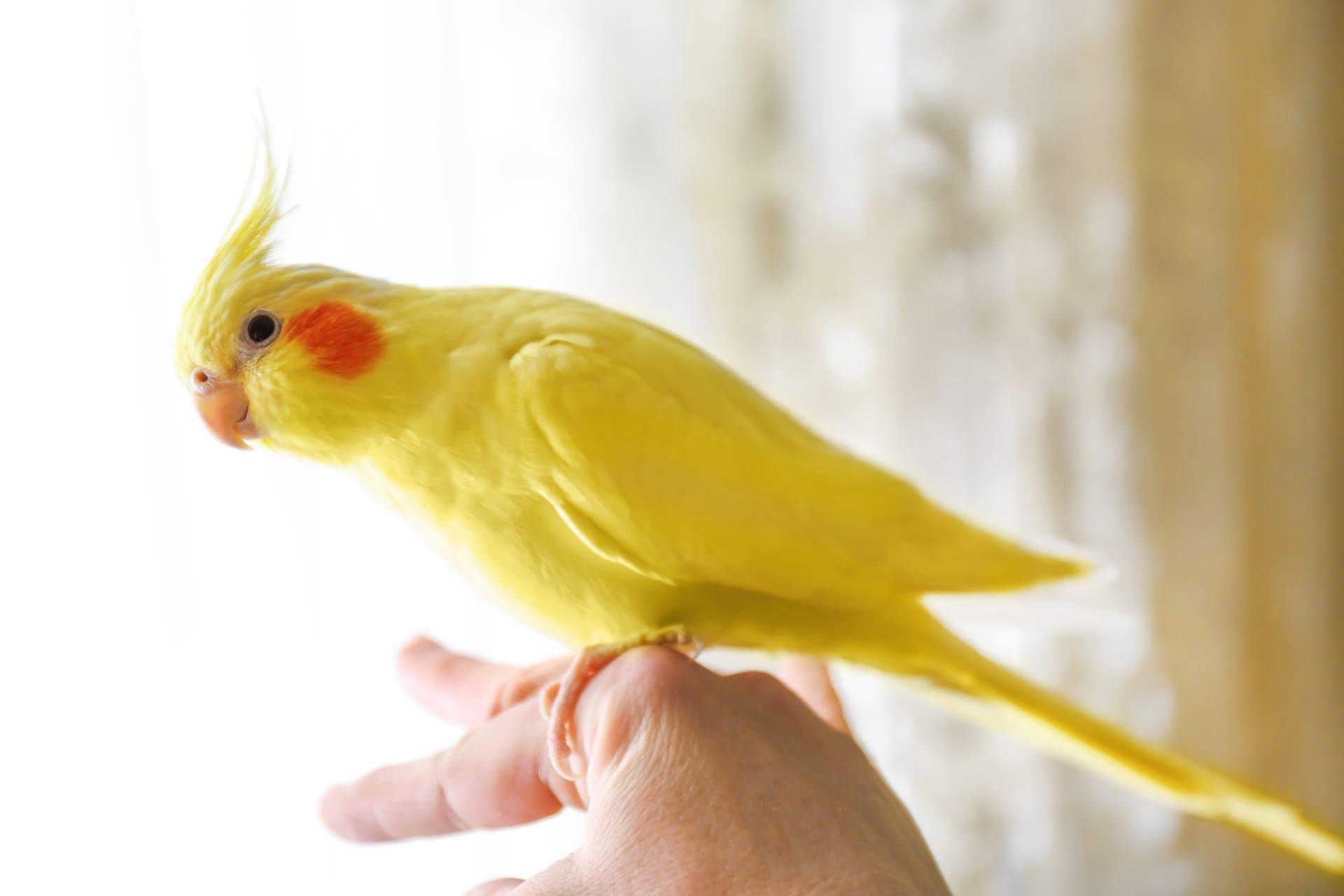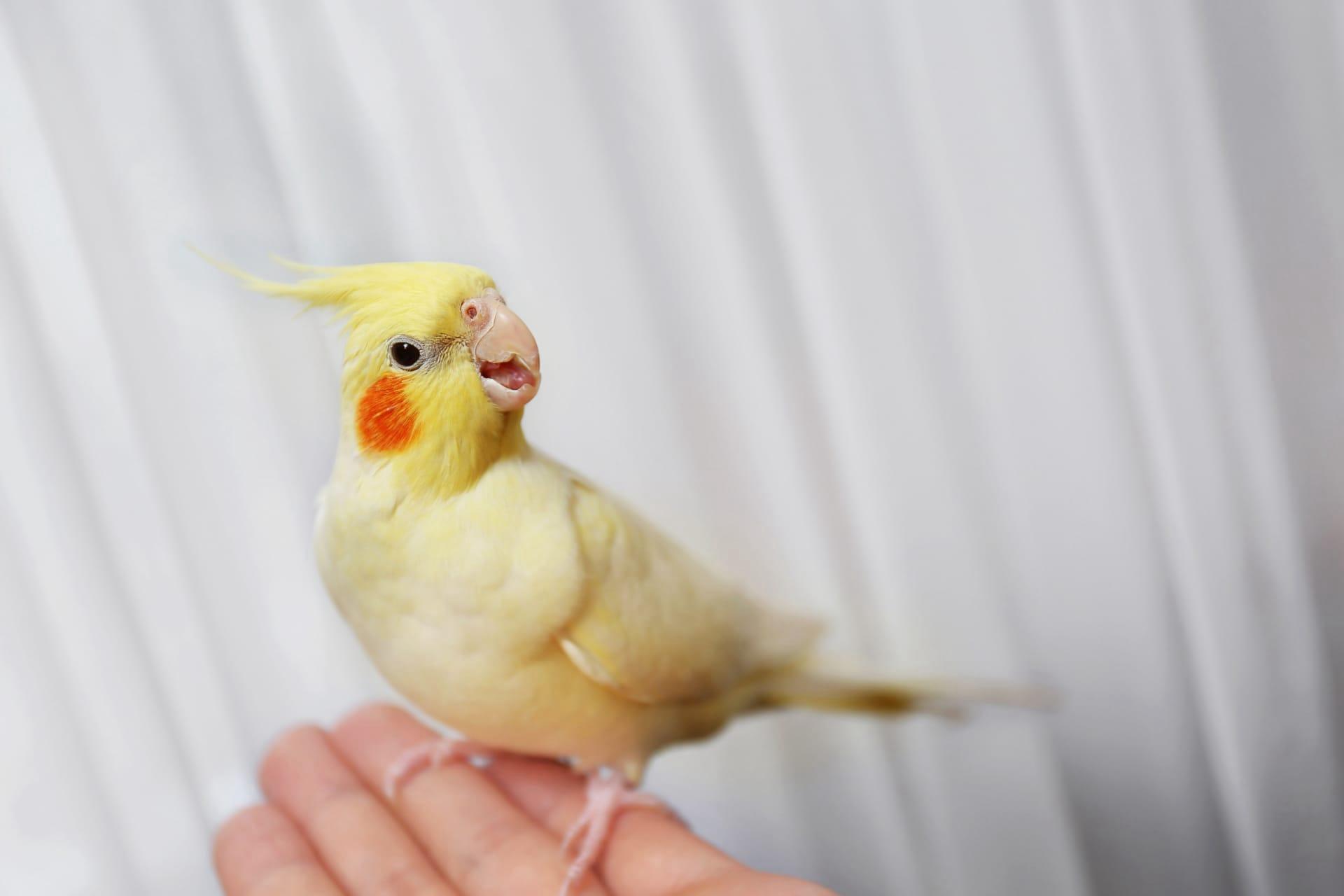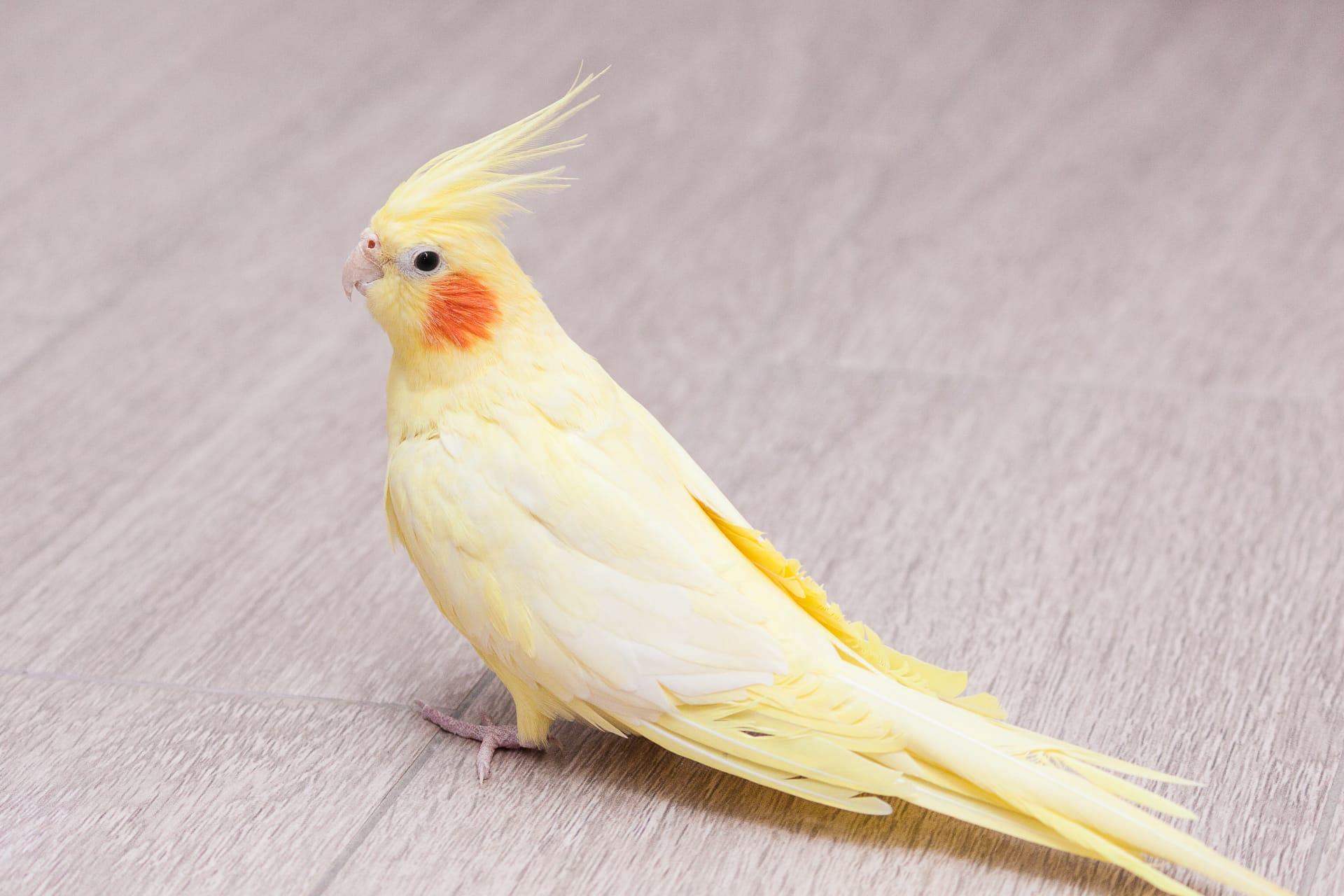1
Cockatiels, native to Australia, are known for their distinctive crest feathers, which can tell us a lot about their mood. When a cockatiel is relaxed or content, its crest lies flat, barely visible. In contrast, an excited or curious cockatiel will have its crest fully erect. This crest, measuring up to 2 inches (5 cm) in length, acts like a real-time mood indicator, making these birds one of the most expressive pet birds.
Cockatiels are also known for their exceptional whistling and singing abilities, particularly in males. A male cockatiel may learn and mimic tunes, often whistling them repetitively. In the wild, these vocalizations serve as a means to attract mates and communicate with other flock members. The range of their whistling can be quite extensive, covering various pitches and tones, which they often practice and refine daily.

2
Another fascinating fact about cockatiels is their monogamous nature. Once they find a mate, they tend to stay with them for life. This lifelong partnership includes mutual preening and sharing food, strengthening their bond. During breeding season, the male performs elaborate courtship dances and displays to woo the female, often involving intricate movements and vocalizations.
Their diet in the wild mainly consists of various seeds, fruits, and greens. Interestingly, cockatiels in their natural habitat often consume small stones and pebbles. These stones aid in grinding down hard seeds in their gizzard, an essential part of their digestive process. This adaptation highlights their resourcefulness in the wild, where they can digest a wide range of seeds and plant material.

3
Cockatiels have a remarkable ability to adapt to changing environments. Originally desert birds, they can survive in harsh, arid conditions with limited water. They've developed an efficient way of conserving water and can extract the maximum moisture from their food. This adaptation allows them to thrive in environments that would be challenging for other bird species.
These birds also have a unique way of sleeping. Cockatiels often sleep on one leg, tucking the other leg into their body to conserve heat. This one-legged stance is a common trait in many birds but is particularly noticeable in cockatiels due to their long, slender legs. Additionally, they might puff up their feathers to trap body heat, appearing almost twice their size during sleep.

4
When it comes to breeding, cockatiels are quite prolific. A female cockatiel can lay between 4 to 7 eggs per clutch, and in captivity, they can breed up to three times a year. Each egg, measuring about an inch long, is incubated for about 18 to 21 days before hatching. The chicks are born blind and featherless, completely dependent on their parents for warmth and food.
Cockatiels can live surprisingly long lives, especially in captivity. With proper care, these birds can live up to 20 years, and some even reach 30 years of age. This longevity is quite remarkable for birds of their size, which typically have shorter lifespans. Their extended lifespan means they can be long-term companions, forming deep bonds with their owners.

5
Cockatiels are highly social birds, both in the wild and in captivity. In the wild, they are often seen in flocks, sometimes numbering in the hundreds. These flocks provide safety in numbers from predators and also social interaction. In captivity, they require regular interaction with their human companions or other birds to stay mentally healthy and happy.
These birds are also known for their ability to mimic sounds and, to a lesser extent, speech. While they're not as adept at talking as some parrot species, cockatiels can learn to repeat words and phrases. However, their real talent lies in mimicking everyday sounds like the ring of a telephone, the beep of a microwave, or even a whistled tune, often to the amusement (or sometimes annoyance) of their owners.